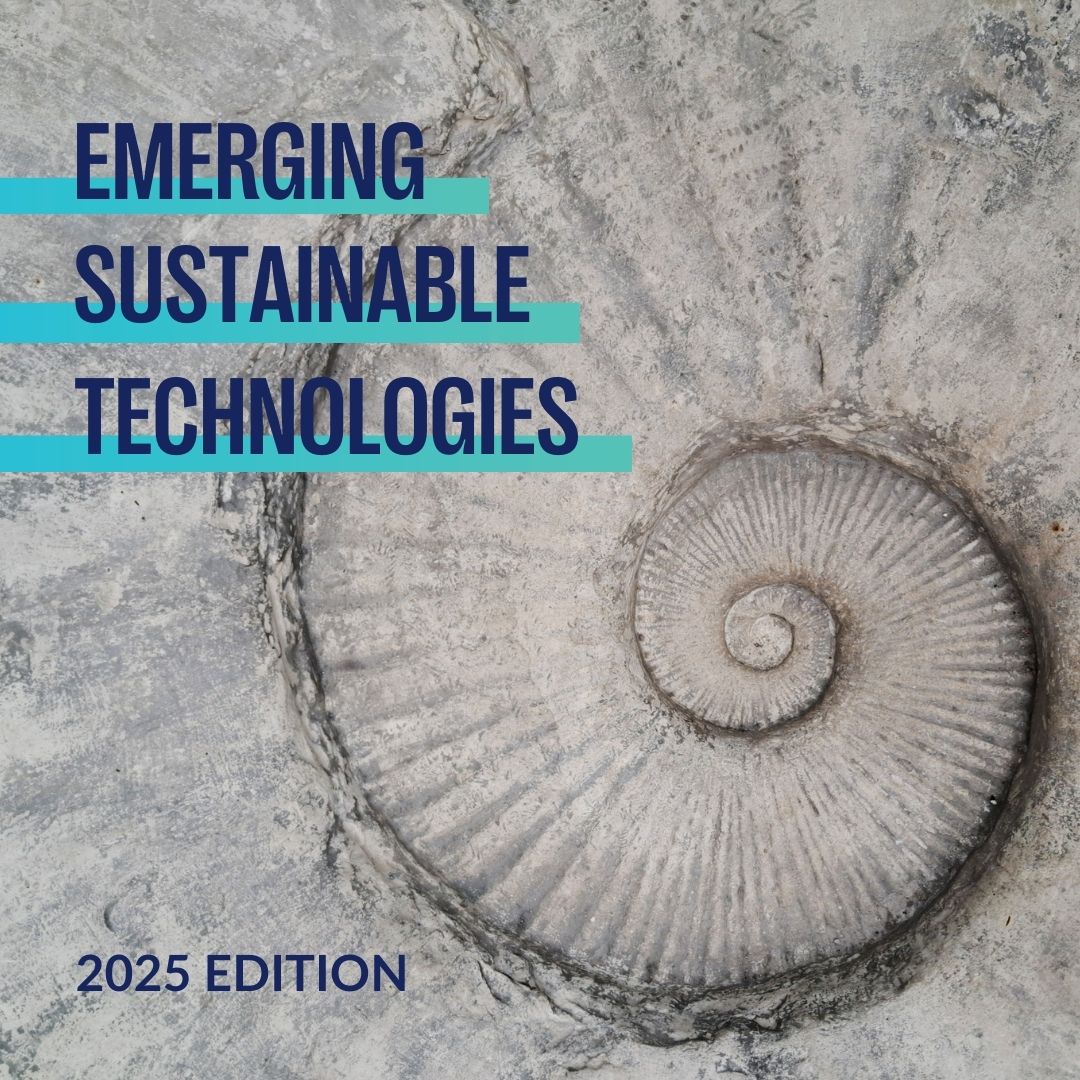


Beyond cement, microwave processing is gaining momentum in ceramics, pharmaceuticals, and advanced materials.
Microwaves are a form of electromagnetic radiation, with wavelengths between 1 meter and 1 mm (frequencies from 300 MHz to 300 GHz). They consist of oscillating electric and magnetic fields and are already used in industries like food, textiles, and rubber.
Microwaves heat materials through dielectric heating:
• Molecular Excitation: Polar molecules (like water) try to align with the rapidly changing electric field, causing them to oscillate.
• Friction & Heat: This molecular movement generates a kind of internal friction, producing heat from within the material.
• Efficient Heating: Unlike conventional heating (which transfers heat from the outside in), microwaves heat materials from the inside out, reducing energy loss and enabling lower operating temperatures.
• Dielectric Materials: Microwaves are ideal for heating materials with low electrical and thermal conductivity, such as kaolin and ceramics.
• Selective & Uniform Heating: Microwaves allow for precise, localized heating, minimizing overheating and improving energy efficiency.
• Industrial Applications: Beyond cement, microwave processing is gaining momentum in ceramics, pharmaceuticals, and advanced materials.
• Energy Savings: Microwave technology can reduce energy consumption by up to 40%.
• Electrification: Microwave technology enables the use of renewable electricity instead of fossil fuels, cutting emissions of CO₂, SOₓ, and NOₓ.
• Cleaner Air: Microwave technology eliminates smoke emissions, improving air quality for communities near cement plants.
• Reduced Transport: Decentralized production reduces the need for raw material transport, easing traffic and lowering emissions.
• New Business Models: Microwave technology allows for smaller, mobile cement units, potentially transforming cement production from a centralized production model to a localized service.
• Workforce Evolution: Shifts in required skills—from managing heat networks to overseeing electrical systems—will reshape job roles.
• Safety Considerations: While microwaves eliminate high-temperature hazards, they introduce new challenges related to electromagnetic field safety. Therefore, it is absolutely necessary to check each situation with the safety standards and regulations.
Microwave-assisted cement production represents a transformational opportunity to decarbonize one of the world’s most CO2 emitting industries. By combining electrification, efficiency, and environmental benefits, this technology could play a key role in building a more sustainable future.
More references, information, examples and use cases in ENGIE's 2025 report on Emerging Sustainable Technologies.
> Download the 2025 report on Sustainable Emerging Technologies <